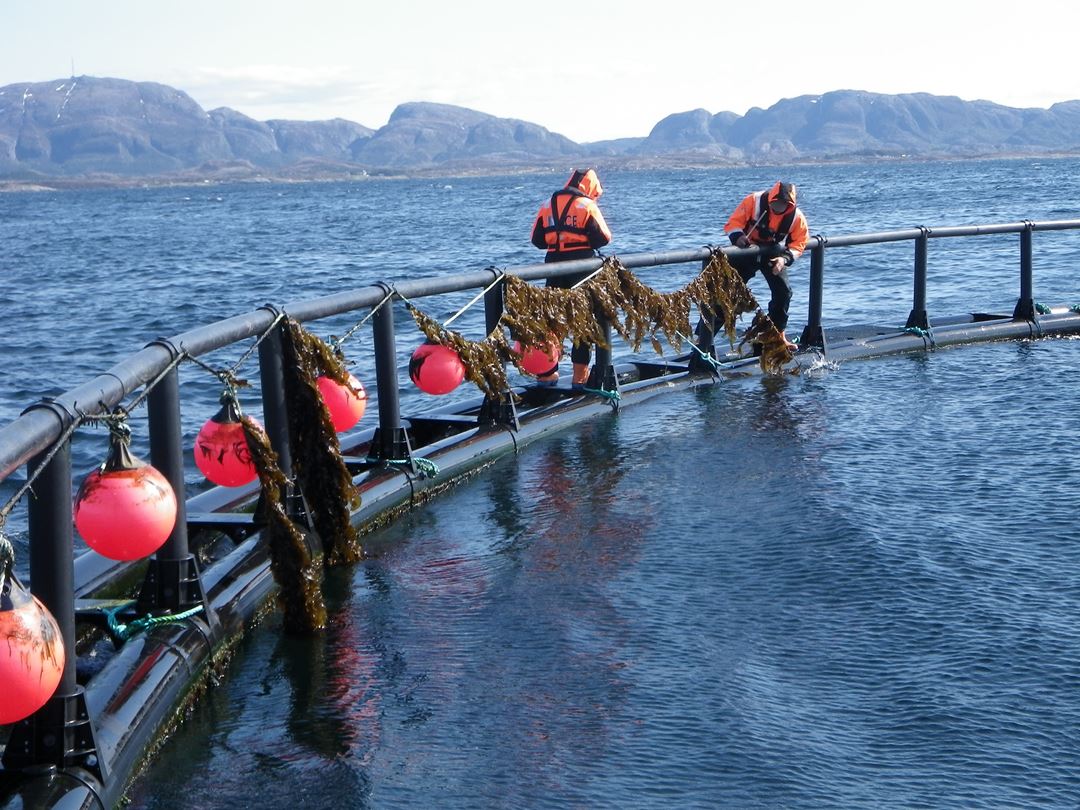The Office of the Auditor General of Norway has stated that salmon aquaculture faces some major environmental challenges. The concern is directed at escapees, salmon lice and eutrophication effects related to nutrients from salmon cage aquaculture. The mean nutrient release to the environment from Norwegian salmon aquaculture is estimated to 70% C, 62% N and 72% P of the total feed input. A part of the particulate nutrients (feed and feces) can be consumed by filter feeding species such as mussels, while a part of the dissolved nutrients can be taken up by inorganic extractive species such as seaweeds. Thus, there is likely a considerable potential for a combined production of bivalves and macroalgae in Integrated multi-trophic aquaculture (IMTA) with salmonids in Norway. By studying a new type of aquaculture activity in addition to the traditional salmon farming, the project will contribute to reveal opportunities for new industry and new jobs in the Norwegian coastal districts.
Exploit
The focus of EXPLOIT is to improve the sustainability of the intensive fish farming industry by integrating cultivation of mussels and seaweed with traditional salmon aquaculture.

Key facts
Project duration
2012 - 2014